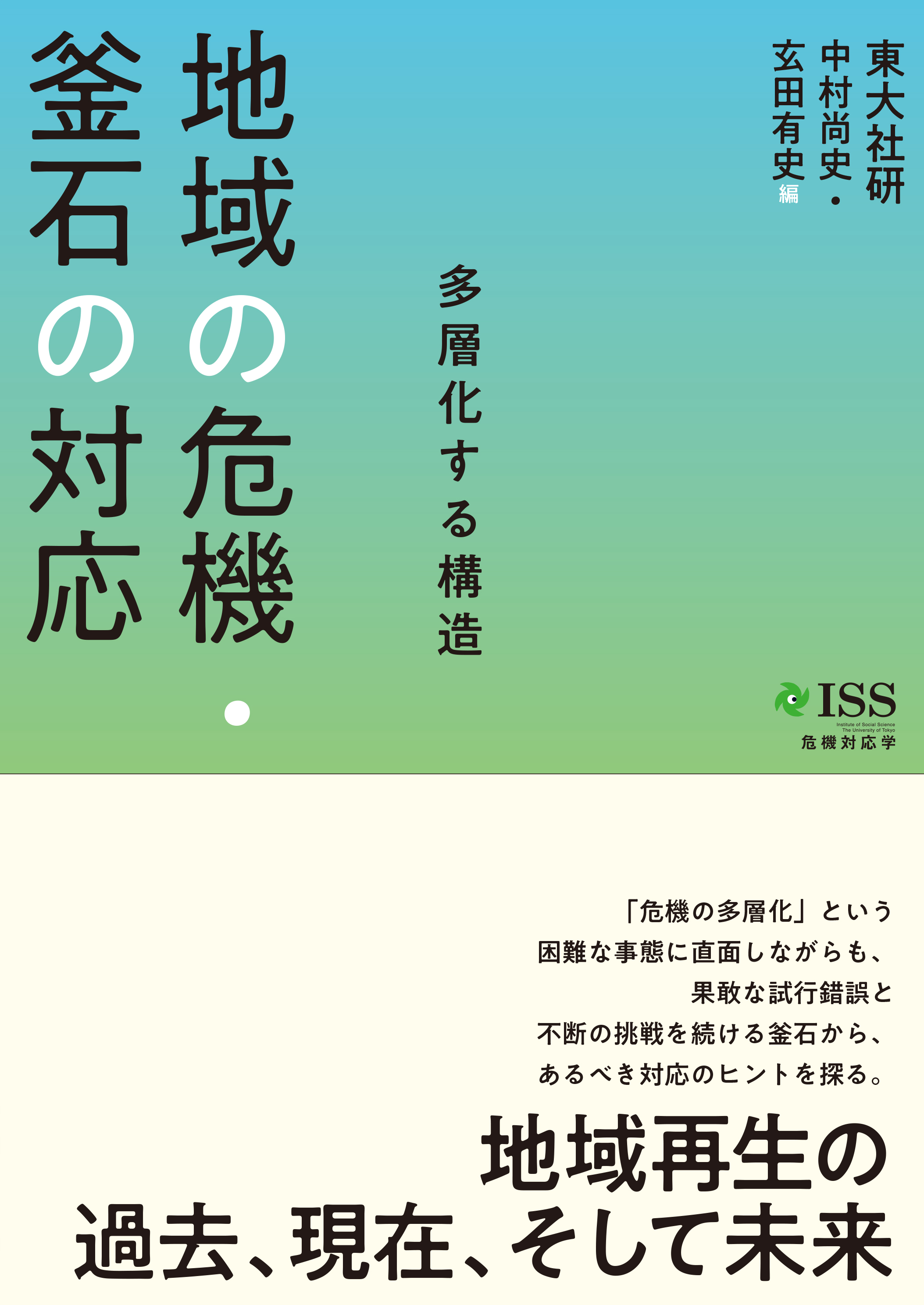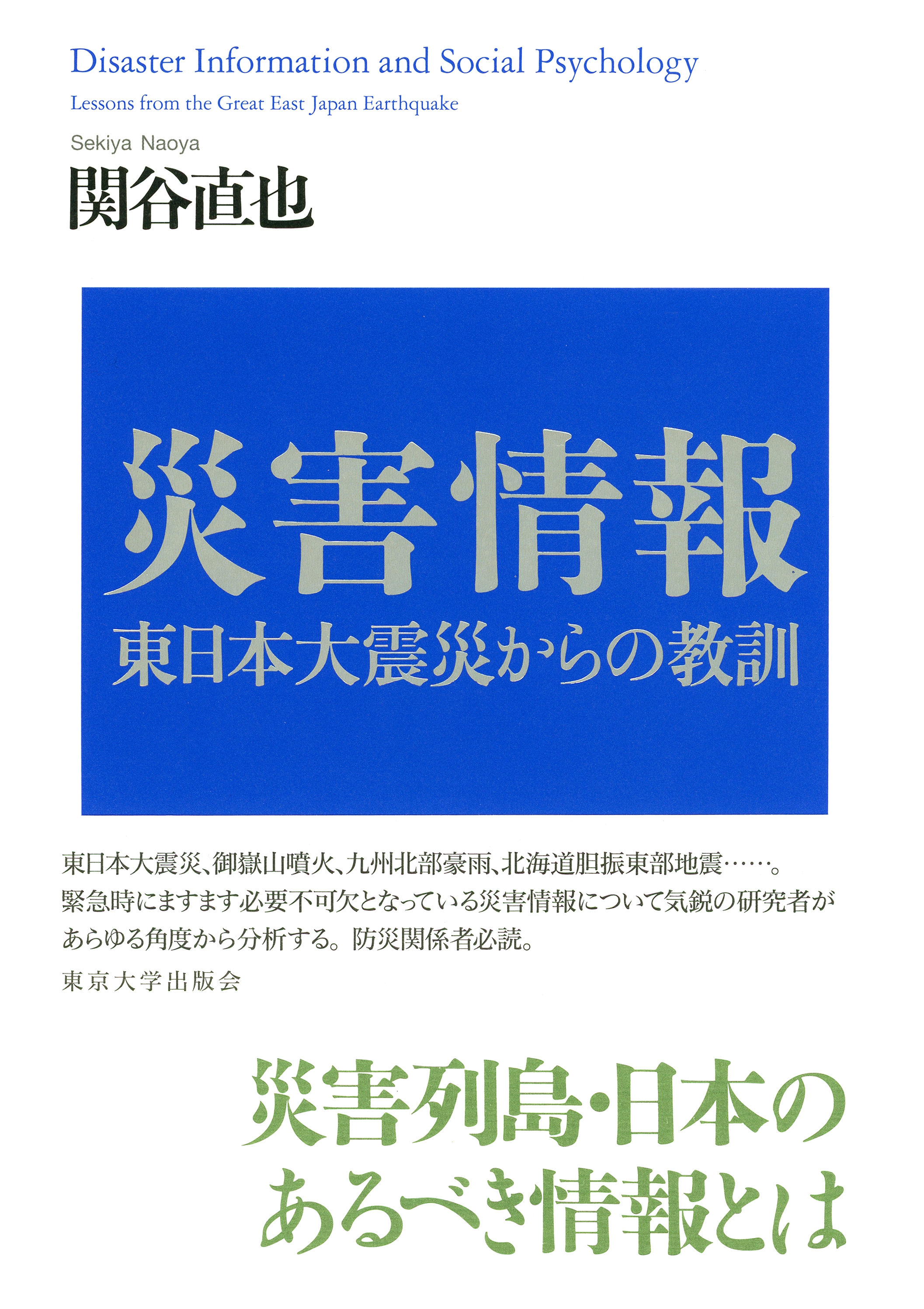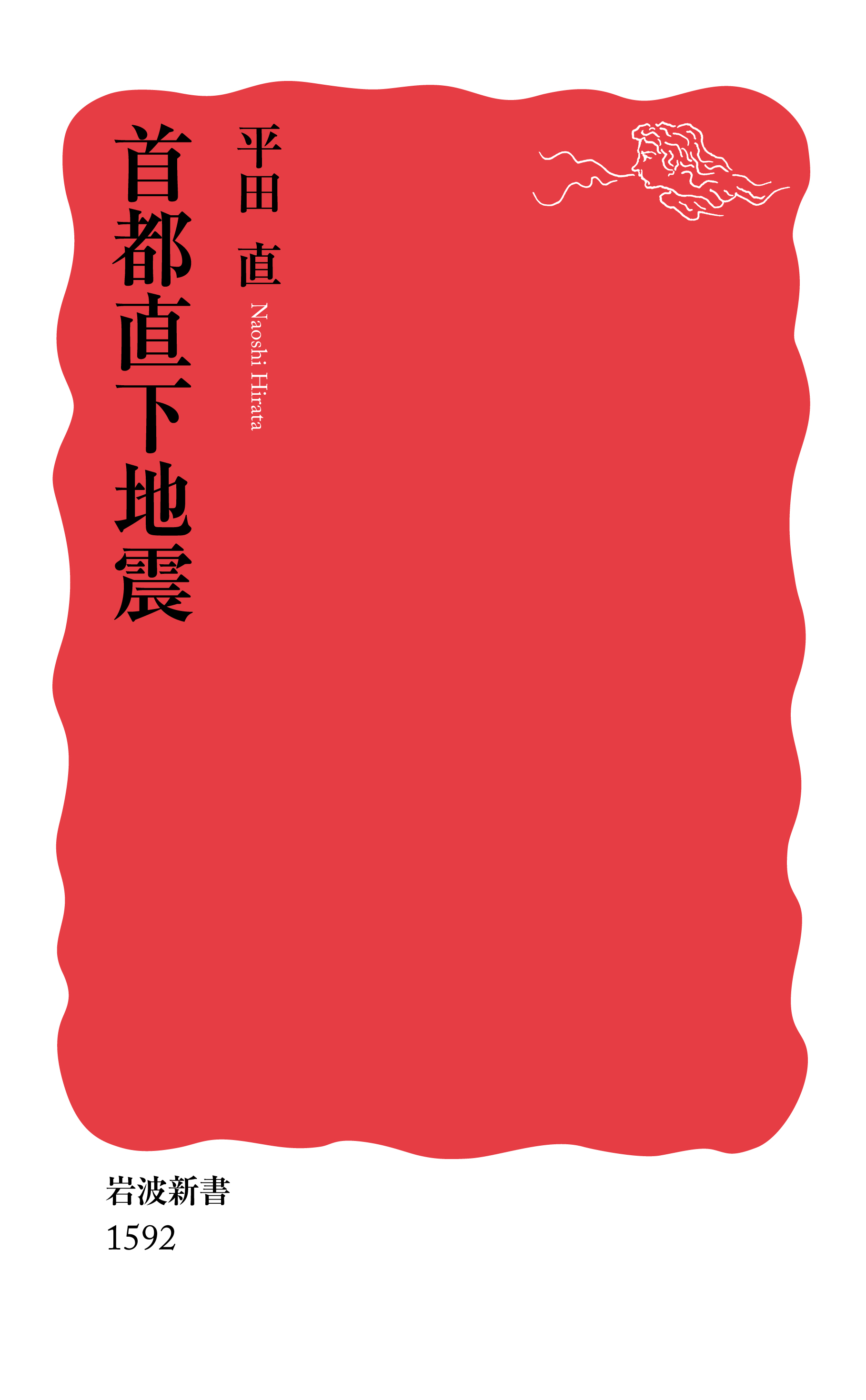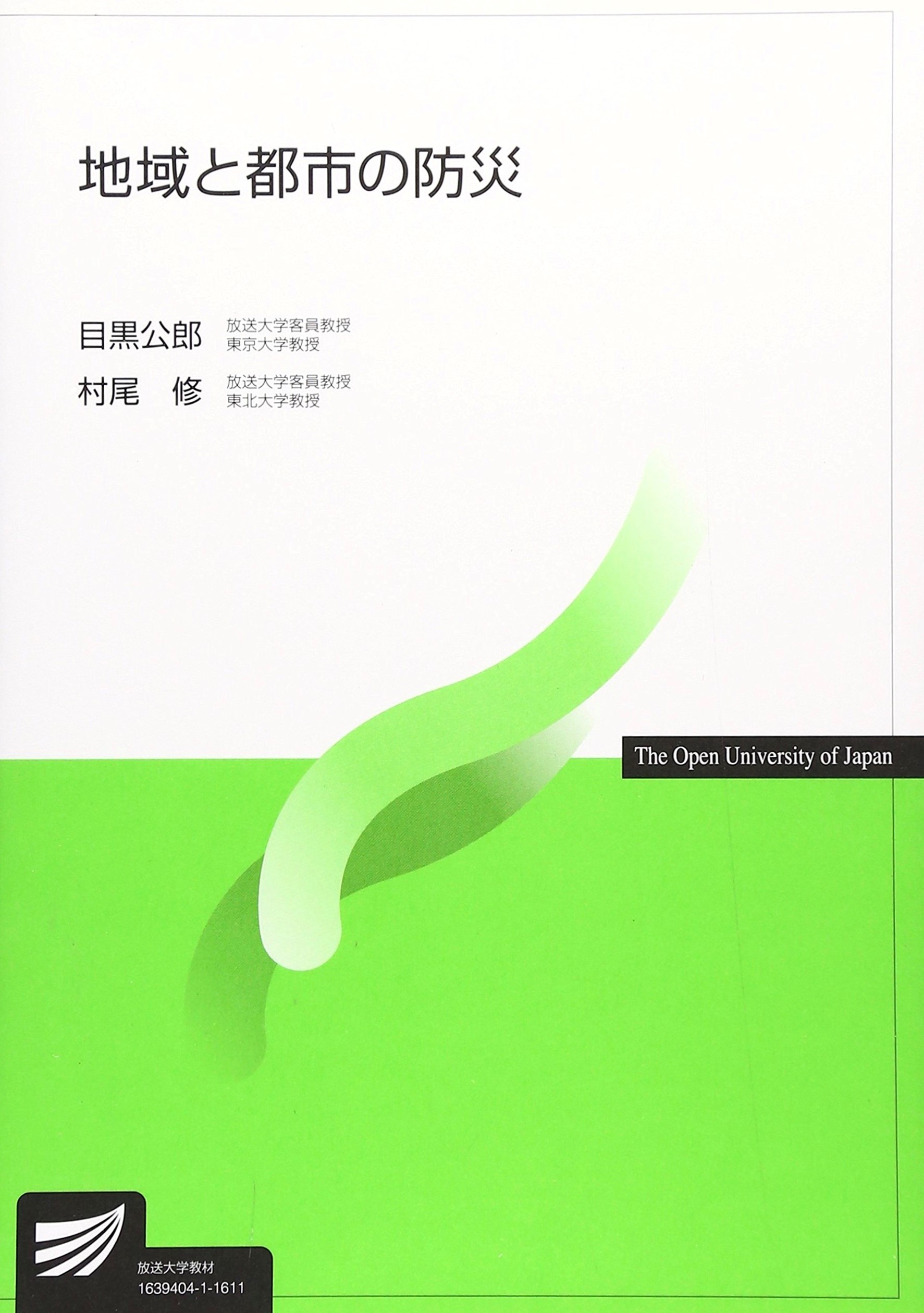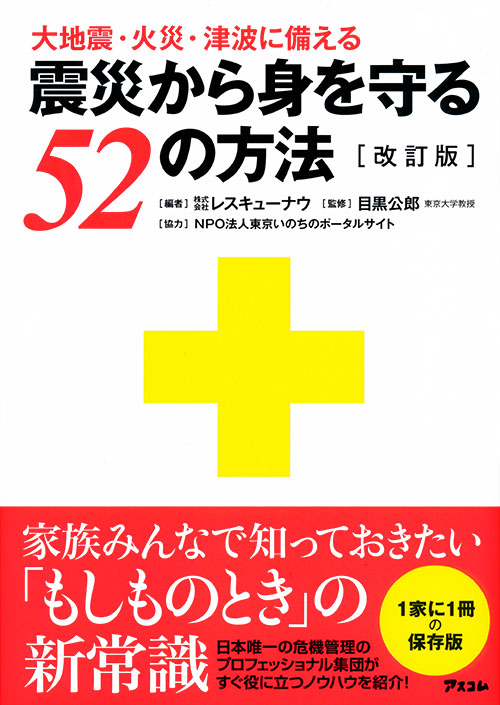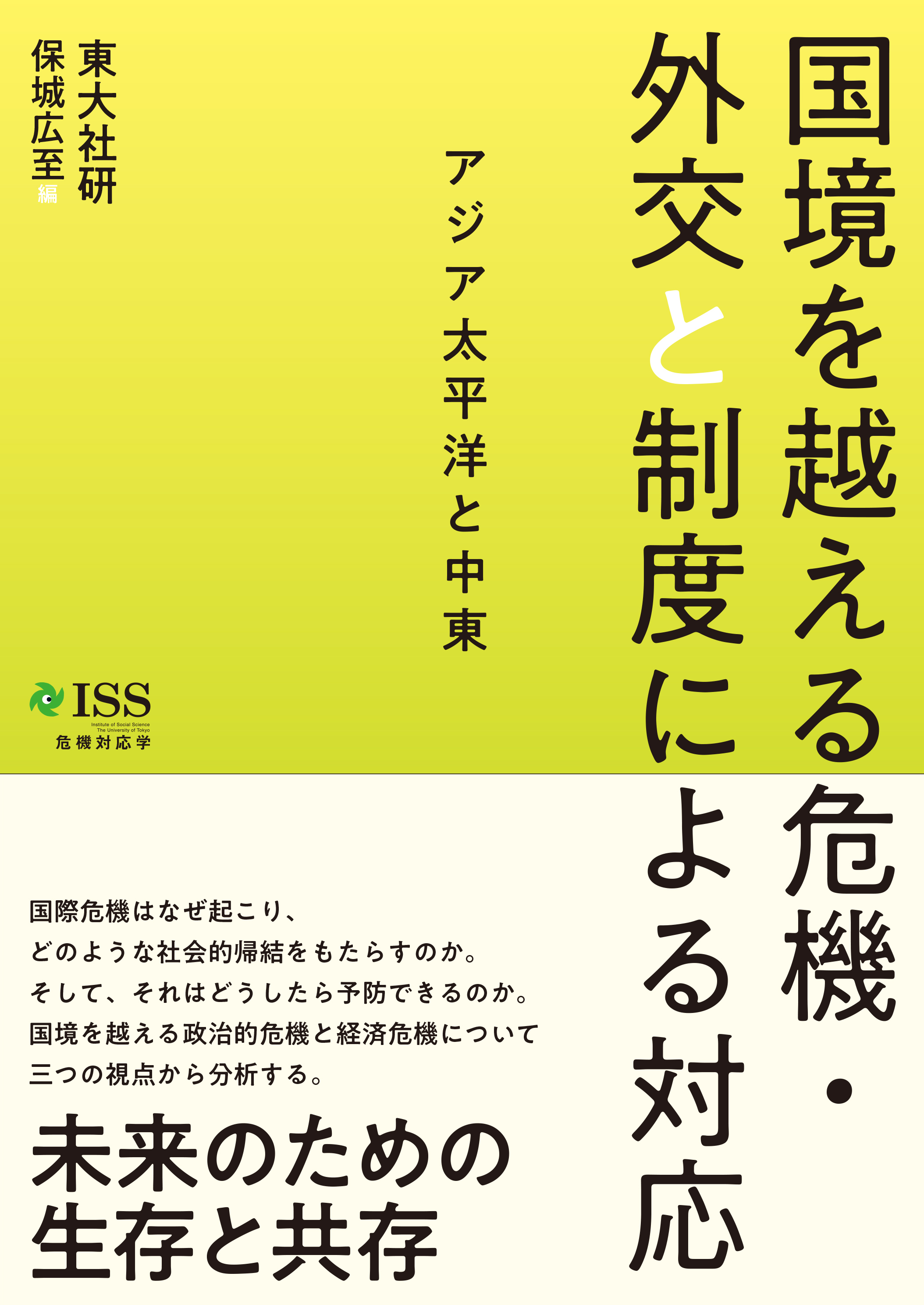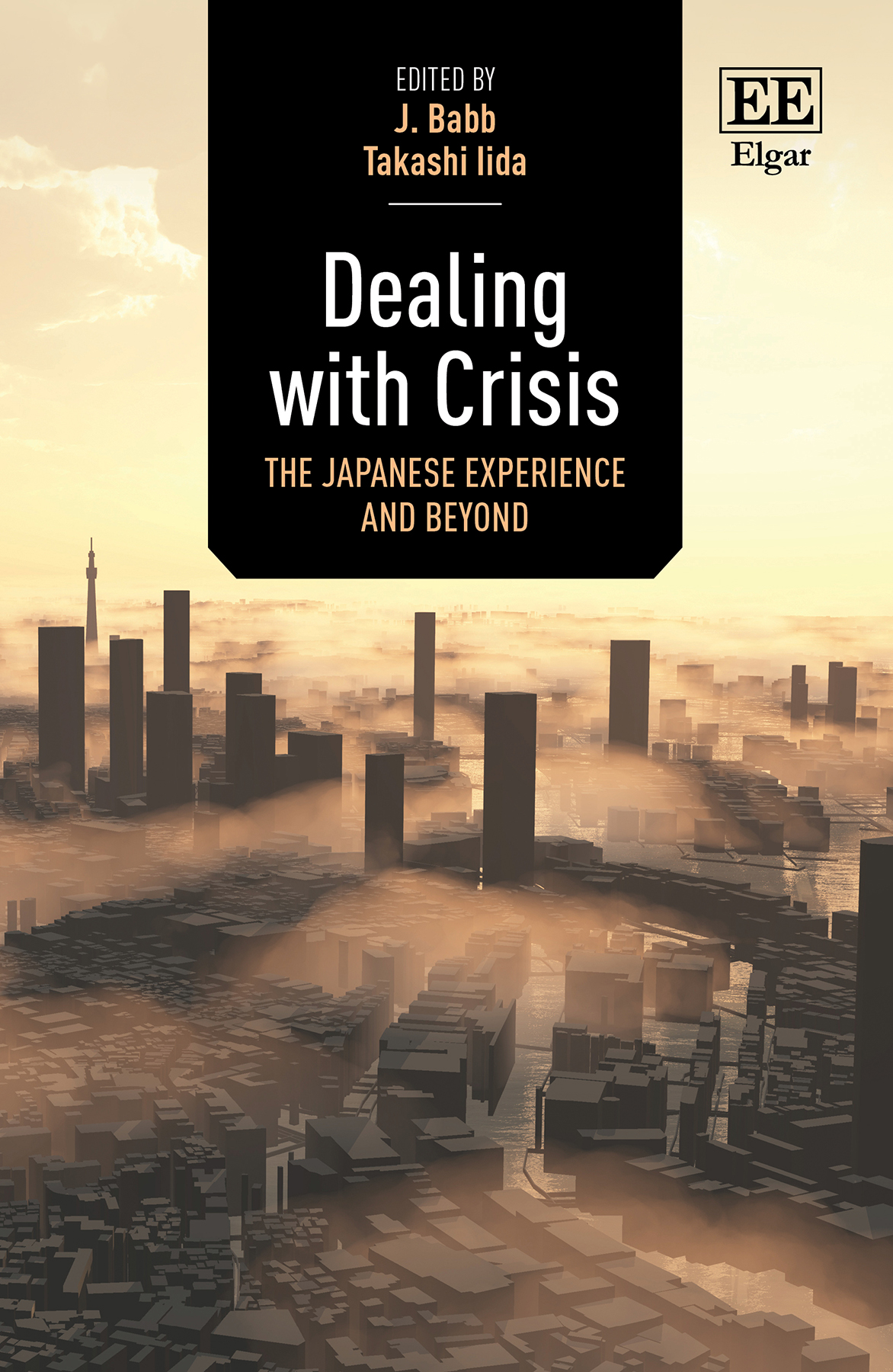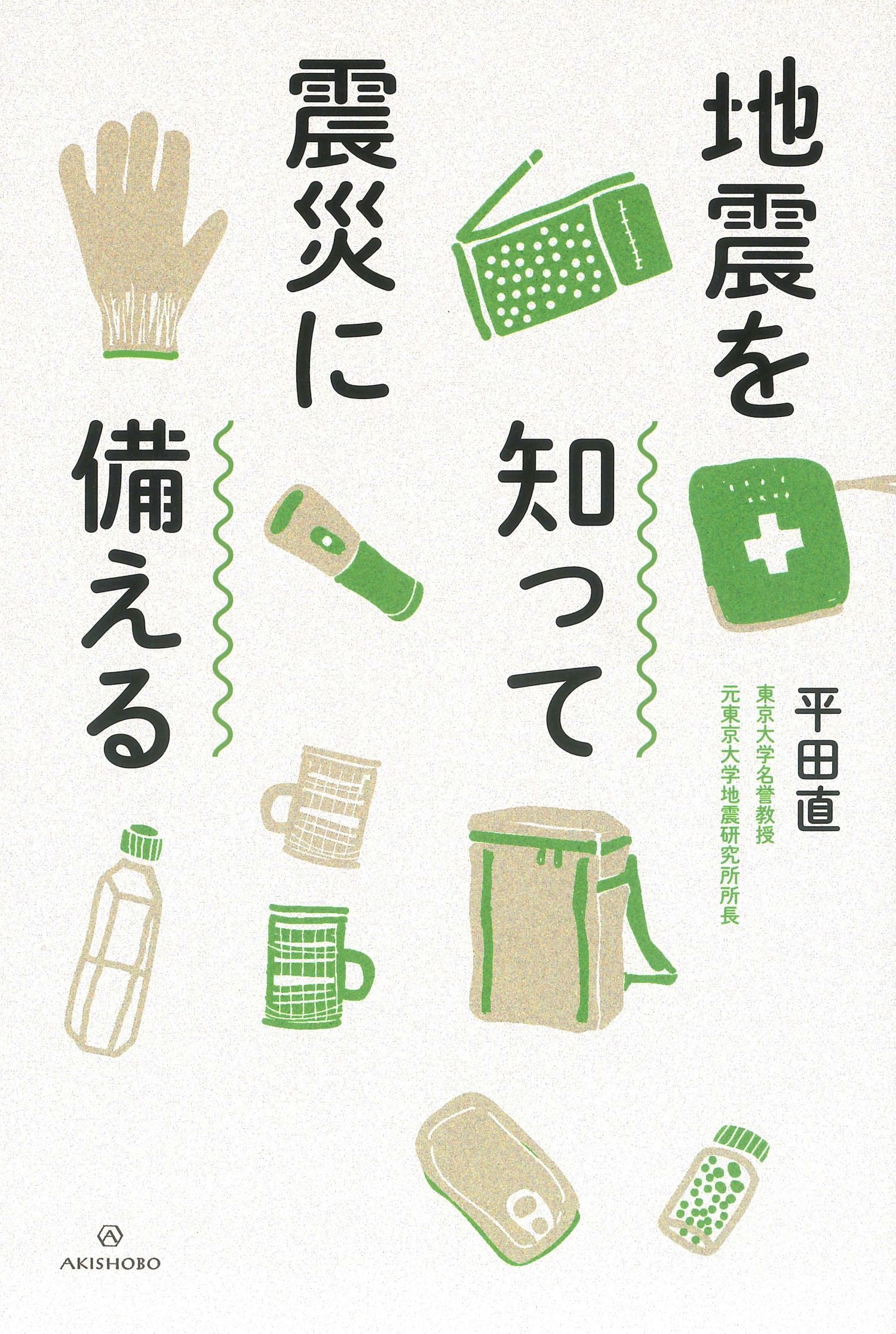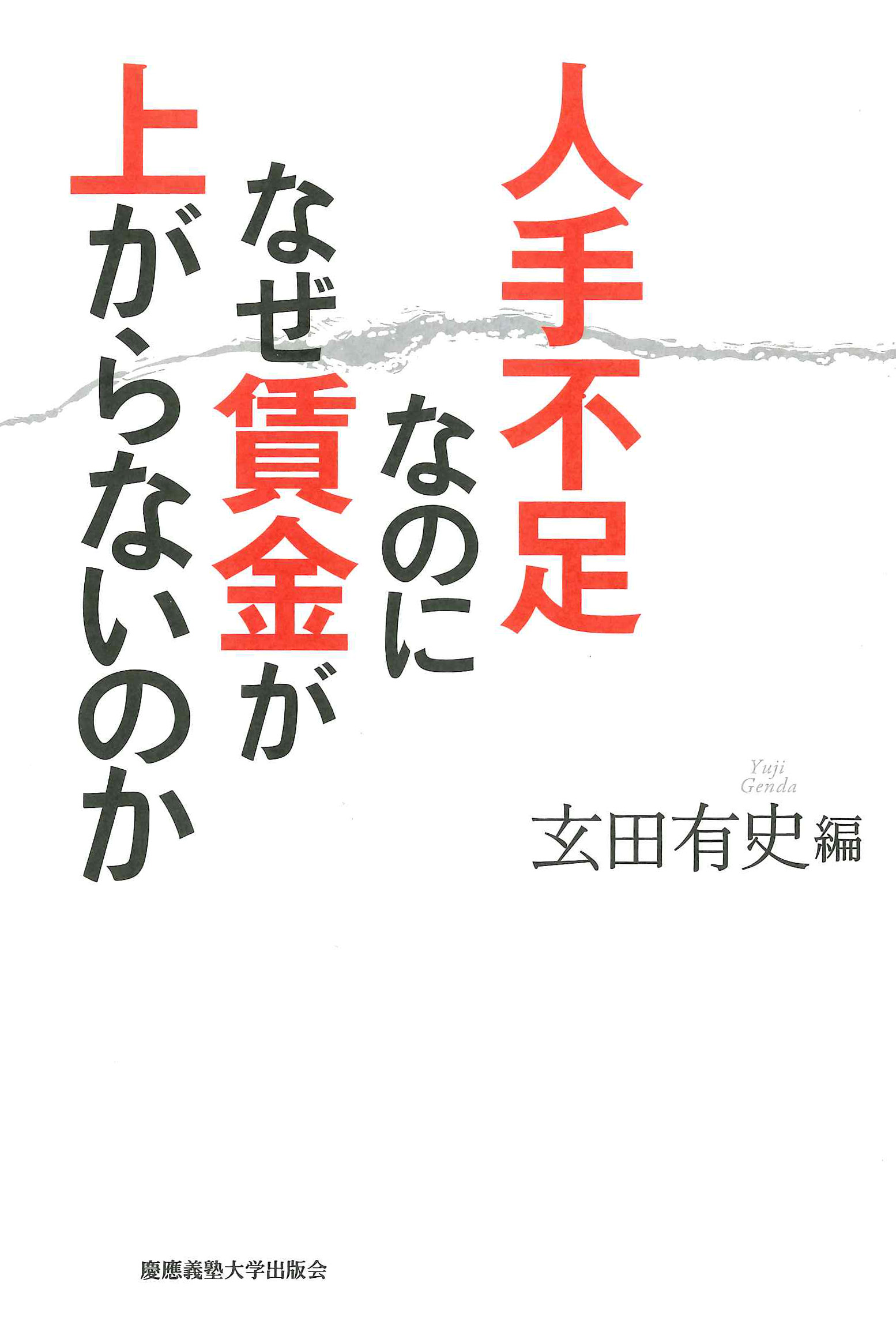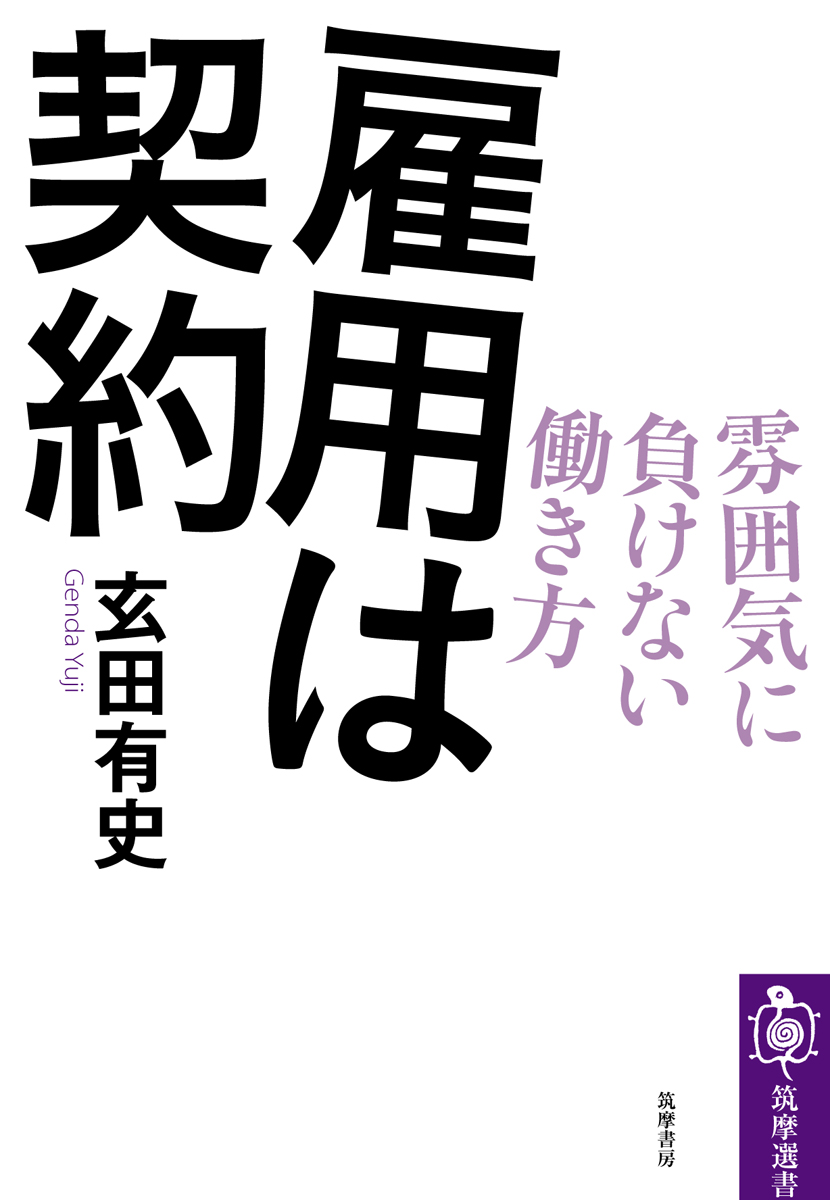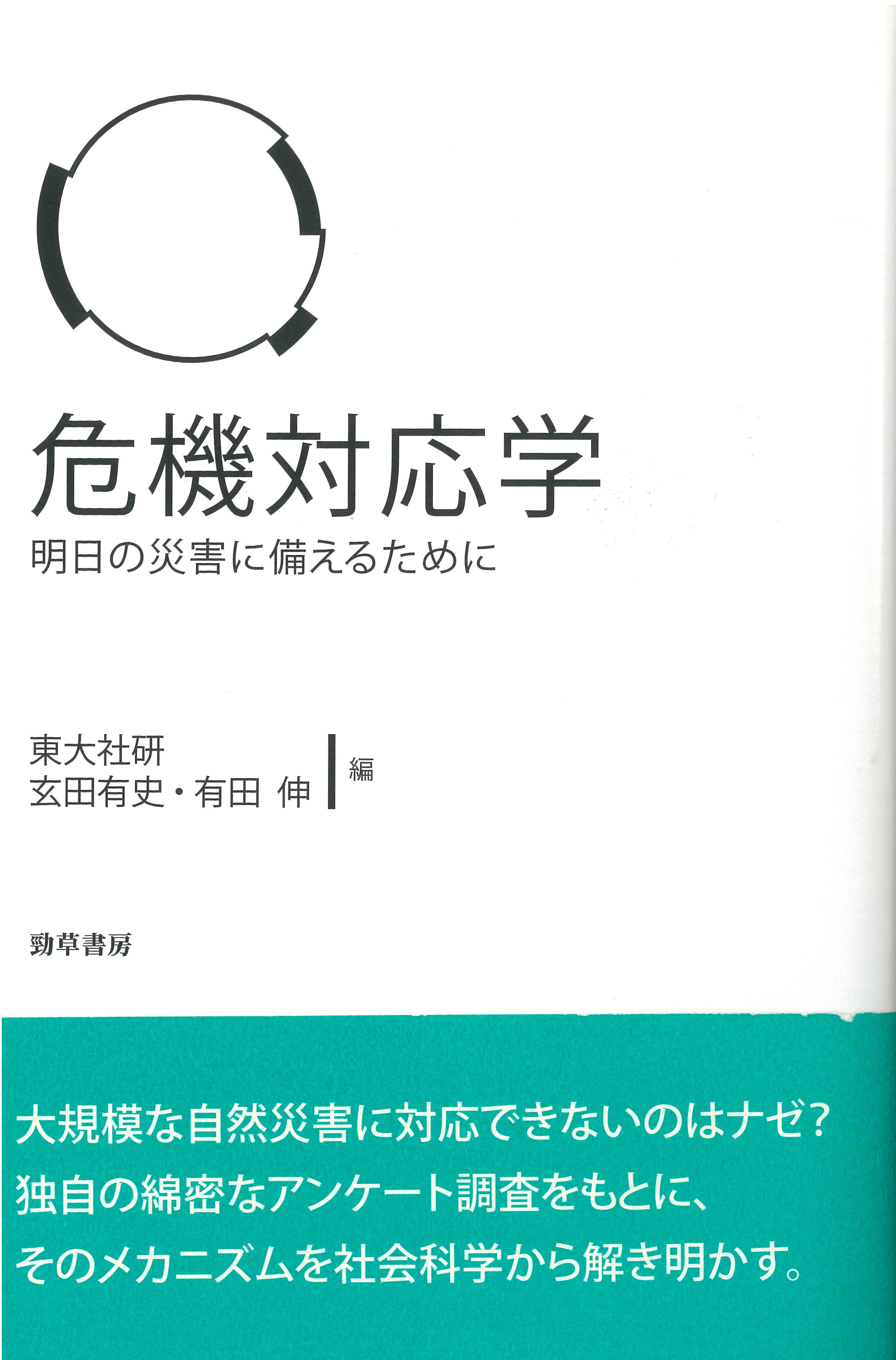
Title
Kikitaio-gaku (Social Sciences of Crisis Thinking - To Prepare for the Disaster of Tomorrow)
Size
292 pages, 127x188mm
Language
Japanese
Released
September, 2018
ISBN
978-4-326-65416-1
Published by
Keisoshobo
Book Info
See Book Availability at Library
Japanese Page
Social Sciences of Crisis Thinking is a new scholarly discipline that examines the mechanisms and countermeasures to various crises seen in society from a social science perspective. It is a research project that was started in 2016 by the Institute of Social Science, University of Tokyo.
This book contains a quantitative analysis of the data from an original questionnaire survey, which examines the attitude of people toward natural disasters and how they intend (or not) to respond to them. The questionnaire was designed on the basis of the opinions and suggestions of the people of Kamaishi City, Iwate Prefecture, who have interacted with the Institute of Social Science for over a decade and have experienced considerable loss from the tsunami disaster caused by the Great East Japan Earthquake.
Two main points were ascertained from an analysis spanning nine chapters, including the introductory and final chapters. First, it is difficult for people to work together in solidarity and handle difficult situations after a natural disaster occurs. After a major earthquake or any other disaster, the importance of the bond between people is often emphasized, with inspirational tales being recounted frequently about how the survivors were able to overcome difficult situations by working together. However, in reality, it is only in exceptional situations that survivors deal with a crisis by cooperating with each other. Therefore, this suggests the importance of pre-emptively establishing a clear outlook of potential scenarios that could occur after a crisis, particularly by deciding the concrete measures to cater to people who are vulnerable to encountering serious situations during a crisis. For example, the order in which affected residents move into temporary housing is a complex issue, and deciding on details in advance (e.g., priority levels and methods of drawing lots) will facilitate a swift response.
The second point that was found is the importance of sharing with as many people as possible the assumptions of what events could possibly take place, in preparation against future crises becoming a reality. In particular, households with children are often poorly prepared for natural disasters. Therefore, it is imperative that the relevant parities help to spread the understanding that children are highly likely to be exposed to danger during a disaster.
As a means to overcome a crisis, responses from either self-help, mutual assistance, or public assistance efforts are generally sought. However, we need to anticipate that, during a natural disaster, there will be a serious divide between those who have access to assistance from all three sectors and those who have none. In a society in which risk assumptions are not shared, there is the risk that people who do not make use of mutual assistance or public assistance supports, nor take self-measures, will end up being neglected, with the resulting difficulties during a crisis being viewed as their own responsibility.
The book further points out that crisis response requires not only an engineering aspect that emphasizes advance planning but also a bricolage element that responds quickly and extemporarily in accordance with a situation. However, there are many unanswered questions concerning crisis response. This book concludes with the words "What the Social Sciences of Crisis Thinking currently requires from the social sciences is an attitude that tirelessly explores the optimal manner in which people and society – who will continue to face crisis in the future – should behave."
(Written by GENDA Yuji, Professor, Institute of Social Science / 2019)



 Find a book
Find a book


 eBook
eBook